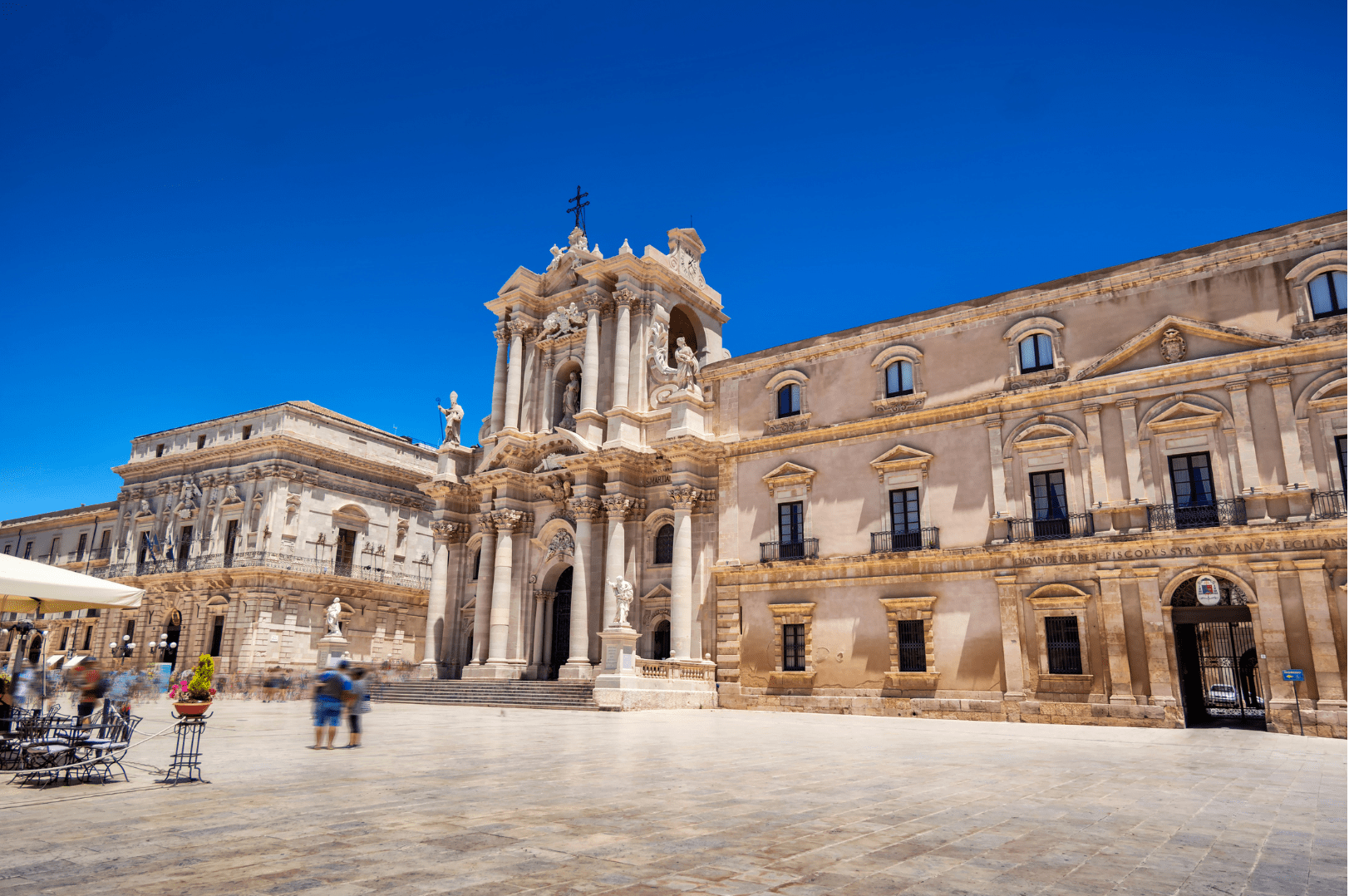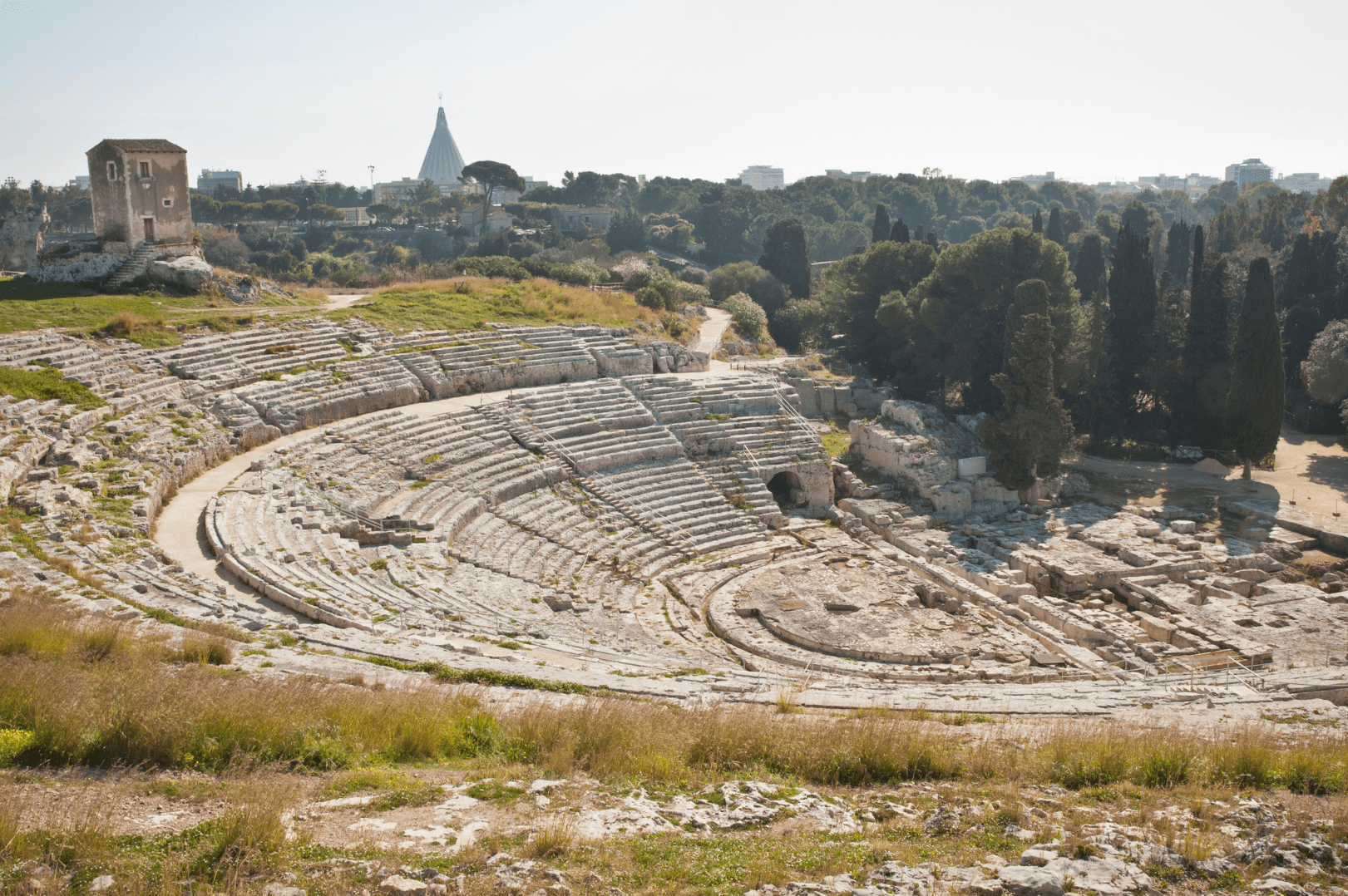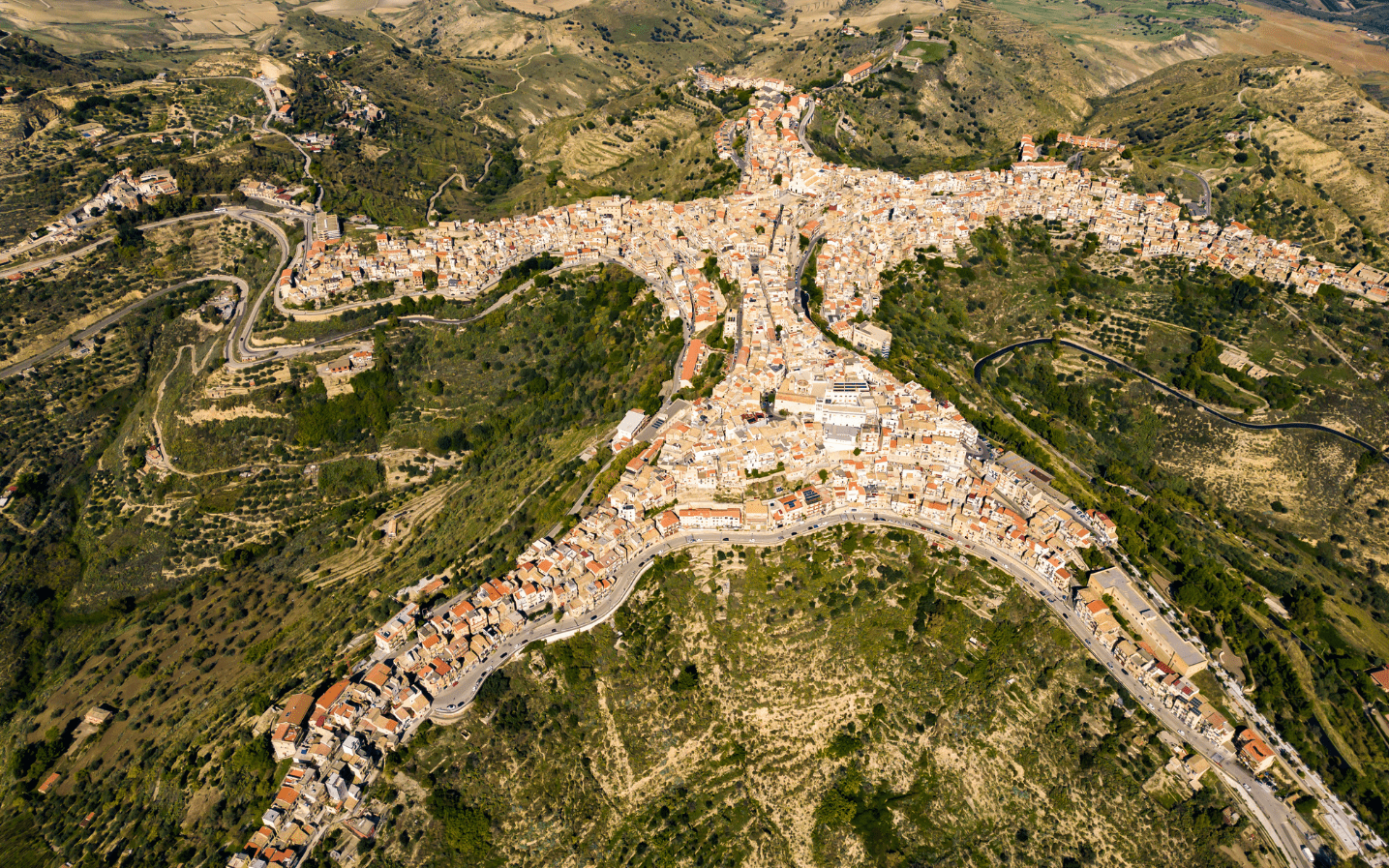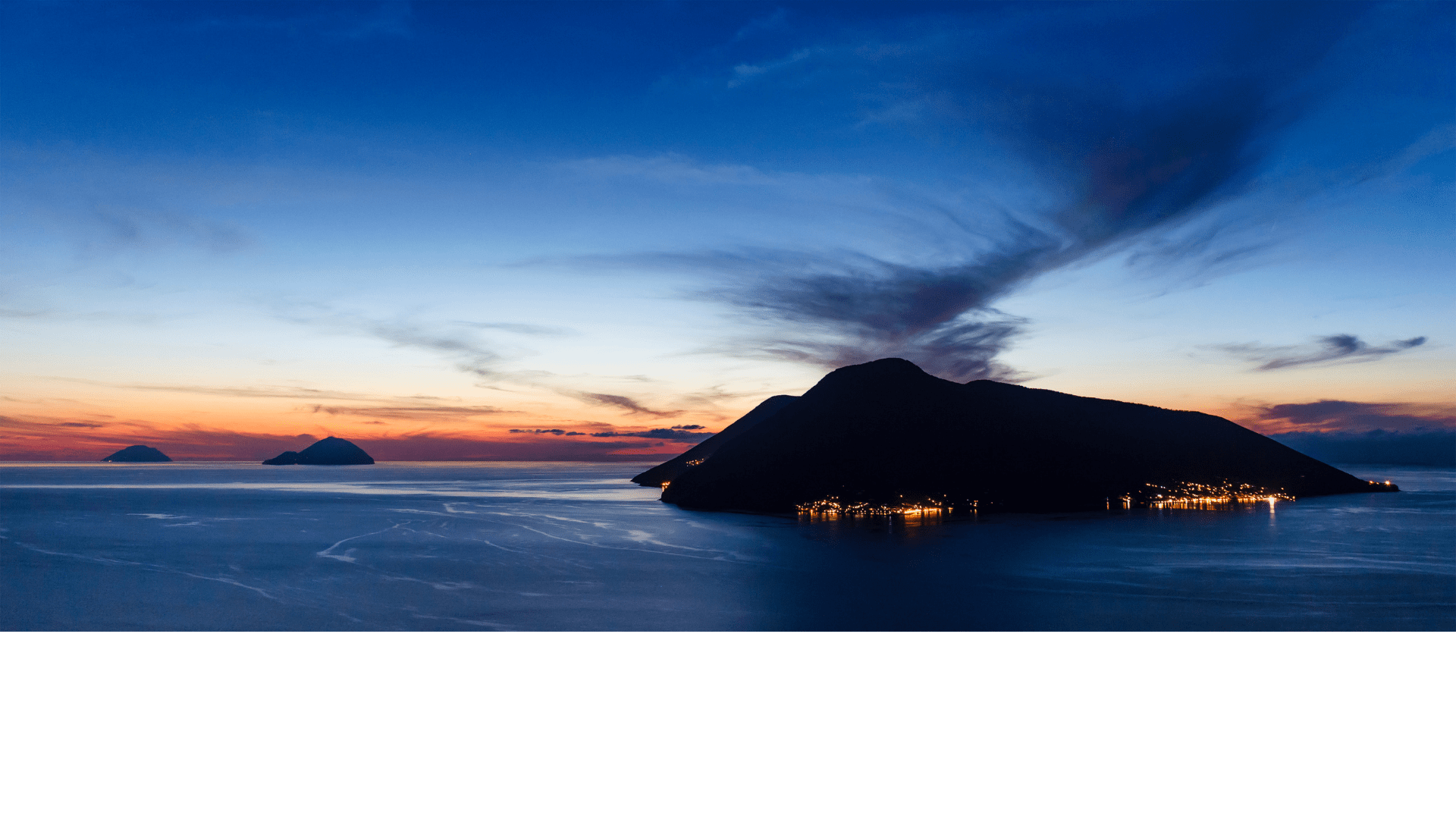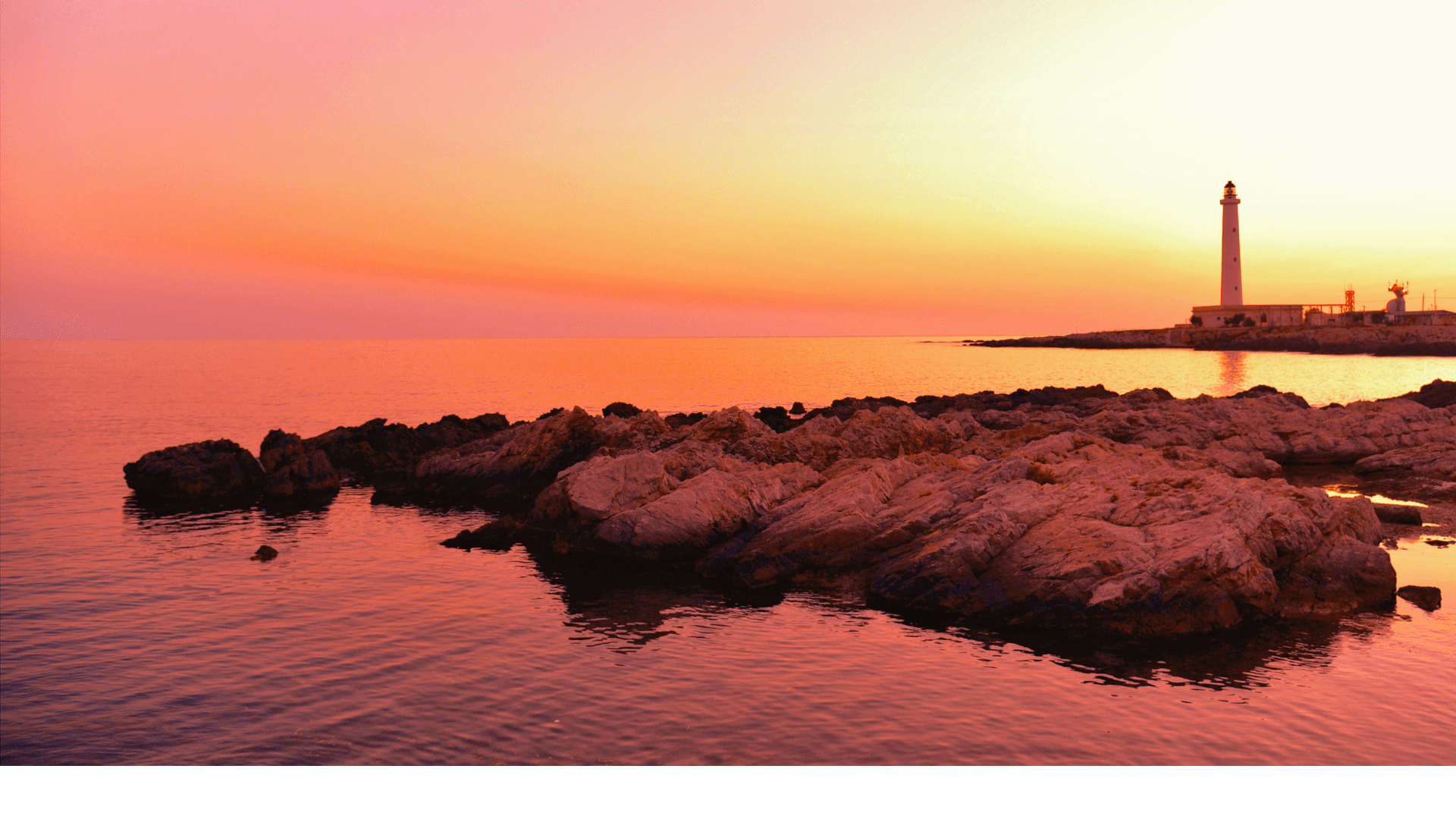DAY 1 ARRIVAL IN SICILY – SIRACUSA
The city is located on the east coast of Sicily, is spread partly on the mainland and partly on the beautiful island of Ortigia, that is why it is also known as the island in the island.
Crossing one of the bridges that connect the island to the mainland you reach Fonte Aretusa, a water source that forms a small lake where the only wild papyri of Europe grow.
The tour continues through the streets of the historic center of Ortigia where you will find churches, squares, baroque palaces, the Cathedral of Syracuse is worth a stop.
Among the other buildings to see are the Palazzo Bellomo, Palazzo Mergulese Montalto, Palazzo Chiaramonte, the church of San Martino and Palazzo Gargallo.
Also here you can visit the Church of Santa Lucia alla Badia, the church dedicated to the patron saint of Syracuse that houses the work of Caravaggio “Il seppellimento di S. Lucia”.
Stroll along the Alfeo promenade to reach the beautiful Maniace Castle from where you will enjoy a panoramic view of the coast.
DAY 2 NOTO – ORTIGIA
The city of Noto is famous because it is often called the Capital of the Baroque as well as being a UNESCO World Heritage Site. The town is
perched on a plateau overlooking the Asinaro valley, covered with citrus trees, olive trees and almond trees
Entering the historic center of Noto from the Royal Gate, is the best way to be welcomed with a bow in this town. Not far from the Royal Door, we
find a recently restored Monastery of S.S. and church of San Francesco d’Assisi.
Walking along Corso Vittorio Emanuele we will arrive in front of the Cathedral of Noto the warm colors of its walls, the wide staircase that
precedes it and its dominant position, will certainly not go unnoticed before your eyes.
The island of Ortigia, considered the beating heart of the city still retains important traces of history that has forever marked these enchanting places .
DAY 3 SCICLI – DONNAFUGATA
Scicli is a baroque town in the Val di Noto, located in the south-eastern part of Sicily, in a valley nestled among three hills. Named a UNESCO
World Heritage Site in 2002, it is a must for those visiting the south east of Sicily and for all fans of the television series Il Commissario
Montalbano, which will find here the most famous locations of the set.
The city boasts ancient origins, as demonstrated by the late Byzantine settlements of the archaeological area of Chiafura, and was rebuilt in a
baroque key following the earthquake of 1693.
Visiting Scicli means taking a dip in the past, among palaces, baroque churches and ancient streets, and immerse yourself in the lively
atmosphere of its historic streets.
The castle of Donnafugata is located in the territory of the municipality of Ragusa, about 15 kilometers from the city. The current building,
contrary to what the name may suggest, is a sumptuous noble residence of the late ‘800. The house overlooked what were the possessions of the
rich family Arezzo De Spuches.
DAY 4 MODICA – RAGUSA
Baroque town of Val di Noto, Modica is located in the south east of Sicily and is part of the UNESCO world heritage since 2002.
It is a city of Neolithic origin, capital of an ancient and powerful County, which boasts a rich repertoire of gastronomic specialties, as well as a
great artistic and cultural heritage. Today it is mainly known for the production of the typical Aztec chocolate.
The historic center of the city, entirely rebuilt following the earthquake of 1693, is divided into two large neighborhoods: Modica Alta and Modica
Bassa. Today walking through the streets of Modica means making a journey steeped in history between late Baroque palaces, churches with
majestic steps and great masterpieces.
Ragusa is located in the south east of Sicily, and is the capital of the most southern province of Italy. Immersed in an area very rich in natural
and architectural beauties to visit, the city is located in the Iblei Mountains and is next to the course of the river Irminio, whose mouth is
part of a nature reserve located between Marina di Ragusa and Donnalucata.
Baroque architecture, which stands out for its extravagance and for the richness of decorative elements on vaults, columns, capitals and facades,
is the most widespread artistic style in the territory of Ragusa, where it flourished following the earthquake of 1693.

